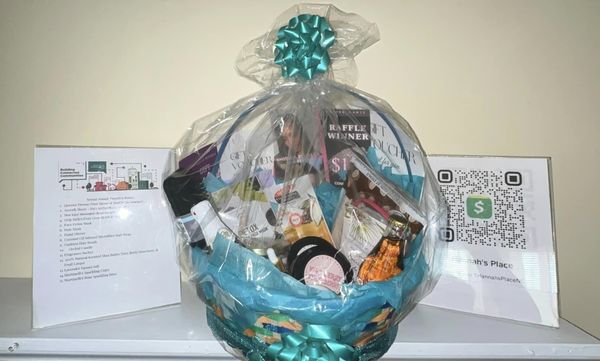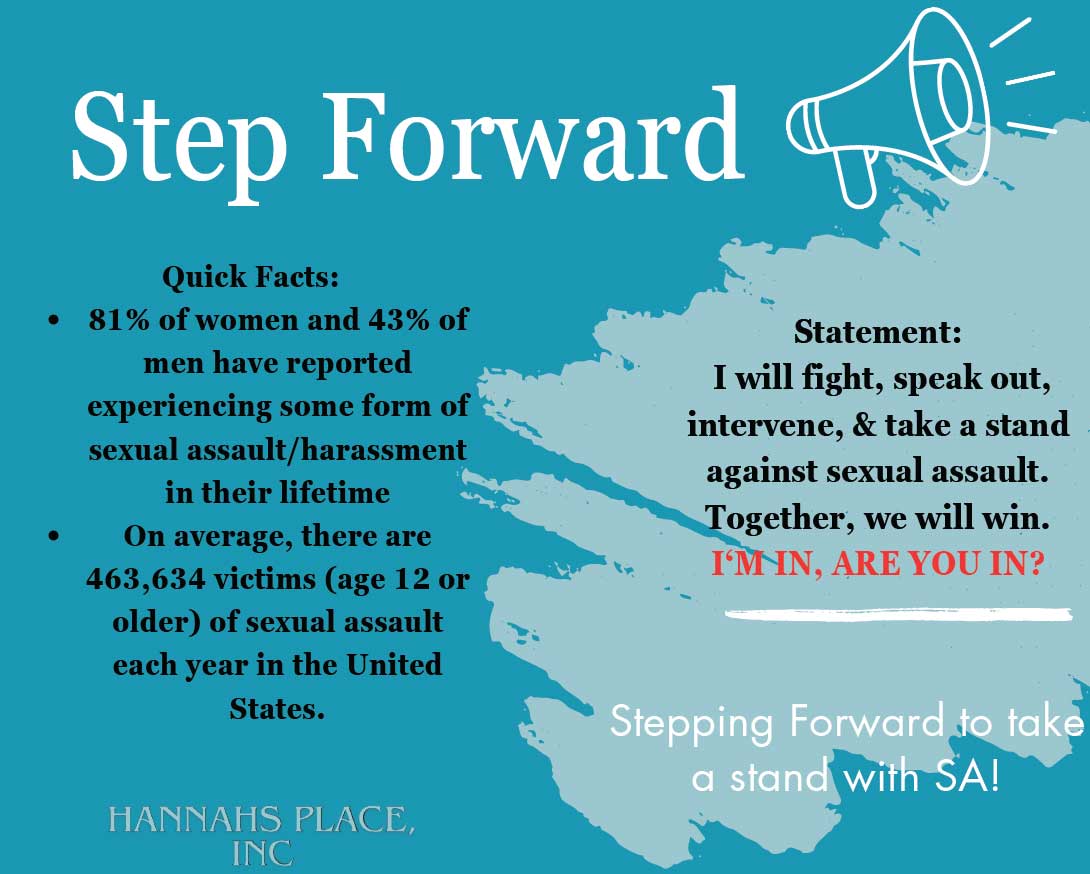
Case Manager Jessica Ausby Visited Northampton County High School
Case Manager Jessica Ausby went to Northampton County High School and talked to the teens about child abuse abd then planted pin wheels



Case Manager Jessica Ausby went to Northampton County High School and talked to the teens about child abuse abd then planted pin wheels



In the United States, nearly every 1 in 2 women and more than 2 in 5 men reported experiencing intimate partner violence at some point in their lifetime.

The theme "Together We Act, United We Change" highlights the importance of working together to address and prevent sexual abuse, assault, and harassment. This campaign focuses on enhancing public understanding of sexual violence, amplifying the voices of survivors, and empowering us to work together to promote the safety and well-being of others. Everyone in our communities deserves to live in safe and supportive environments where they are treated with respect. When our workplaces, schools, and communities work together to uphold safety and respect, we make progress in preventing sexual abuse, assault, and harassment.
Education is the first step to action, empowering our communities to be part of the solution. This campaign works to shift the ways our communities understand, talk about, and respond to sexual abuse, assault, and harassment. We can challenge harmful misconceptions and foster safer communities by learning and acting together. This campaign also seeks to unite us in uplifting the voices of survivors—particularly those most vulnerable in our communities—to build a stronger movement. This campaign aims to develop a movement where younger generations feel included and encouraged to participate and shape a better future.
Together, we act with purpose! United, we have the power to change the world for the better.
Sexual violence impacts everyone. Anyone can be a victim of sexual violence, and people who commit sexual abuse, assault, and harassment exist in all of our communities. This underscores why it's important for all of us to care about sexual violence and take steps to promote the safety and well-being of others.
Sexual violence is an umbrella term that includes any type of unwanted sexual contact — including sexual abuse, assault, and harassment.
Forms of sexual violence include:
Statistics show:
References
Basile, K. C., Smith, S. G., Kresnow, M., Khatiwada S., & Leemis, R. W. (2022). The National Intimate Partner and Sexual Violence Survey: 2016/2017 report on sexual violence. Centers for Disease Control and Prevention. https://www.cdc.gov/nisvs/documentation/nisvsreportonsexualviolence.pdf Chen, J., Khatiwada, S., Chen, M. S., Smith, S. G., Leemis, R. W., Friar, N., Basile, K. C., and Kresnow, M. (2023). The National Intimate Partner and Sexual Violence Survey (NISVS) 2016/2017: Report on Victimization by Sexual Identity. Atlanta, GA: National Center for Injury Prevention and Control, Centers for Disease Control and Prevention. Prevention Institute & National Sexual Violence Resource Center. (2021). A Health Equity Approach to Preventing Sexual Violence. https://www.nsvrc.org/resource/2500/health-equity-approach-preventing-sexual-violence Rosay, A. B. (2016, September). Violence against American Indian and Alaska Native women and men,. NIJ Journal, 277. National Institute of Justice. http://nij.gov/journals/277/Pages/violence-againstamerican-indians-alaska-natives.aspx Tomsa, R., Gutu, S., Cojocaru, D., Gutiérrez-Bermejo, B., Flores, N., & Jenaro, C. (2021). Prevalence of sexual abuse in adults with intellectual disability: Systematic review and meta-analysis. International Journal of Environmental Research and Public Health, 18(4), 1980. https://doi.org/10.3390/ijerph18041980

April is Sexual Assault Awareness Month.

Step Forward Quick Facts!


